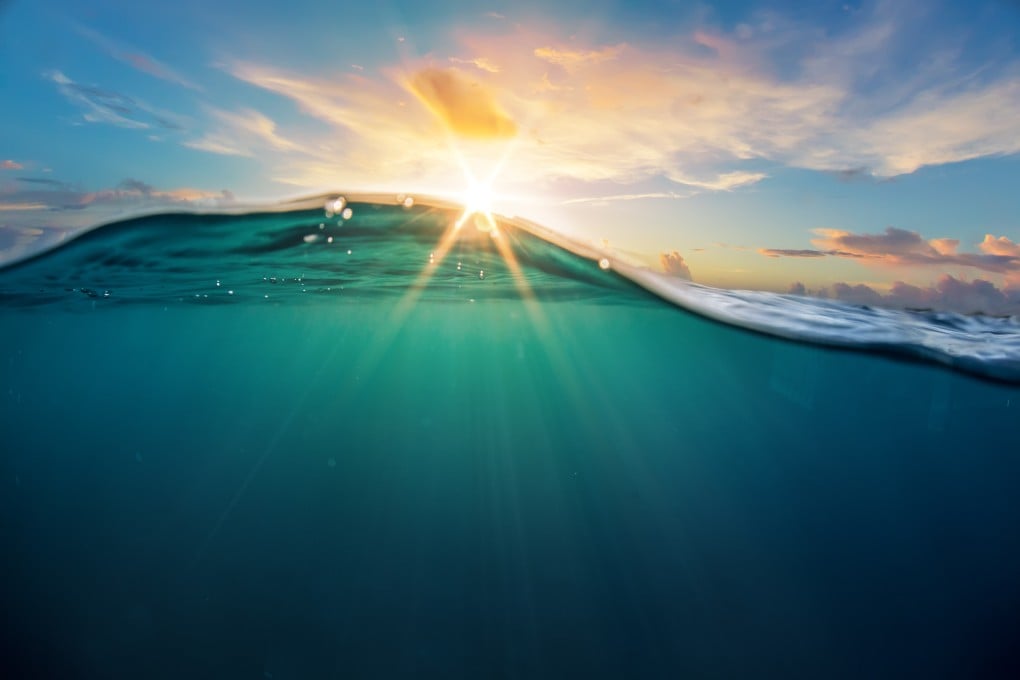Chinese scientists make seawater uranium extraction 40 times more efficient
With uranium demand tipped to cross 40,000 tonnes by 2040, China is likely to increasingly turn to marine extraction for the heavy metal

China’s increasing nuclear power capacity drives a growing demand for uranium. The country imported 13,000 tonnes of natural uranium in 2024, while domestic production was only about 1,700 tonnes.
The world’s oceans are estimated to contain 4.5 billion tonnes of uranium, 1,000 times the amount of uranium ore reserves in the ground.
However, the concentration of the heavy metal is extremely low in seawater, at just 3.3 milligrams (less than 1,000th of an ounce) per tonne.
The presence in seawater of vanadium, which shares chemical properties with uranium, also presents a challenge as the two must first be separated, complicating the extraction process.
Researchers at Lanzhou University’s Frontiers Science Centre for Rare Isotopes have developed a technology that doubles the capacity for uranium adsorption – or capacity for surface adhesion – to improve uranium-vanadium separation efficiency by 40 times.